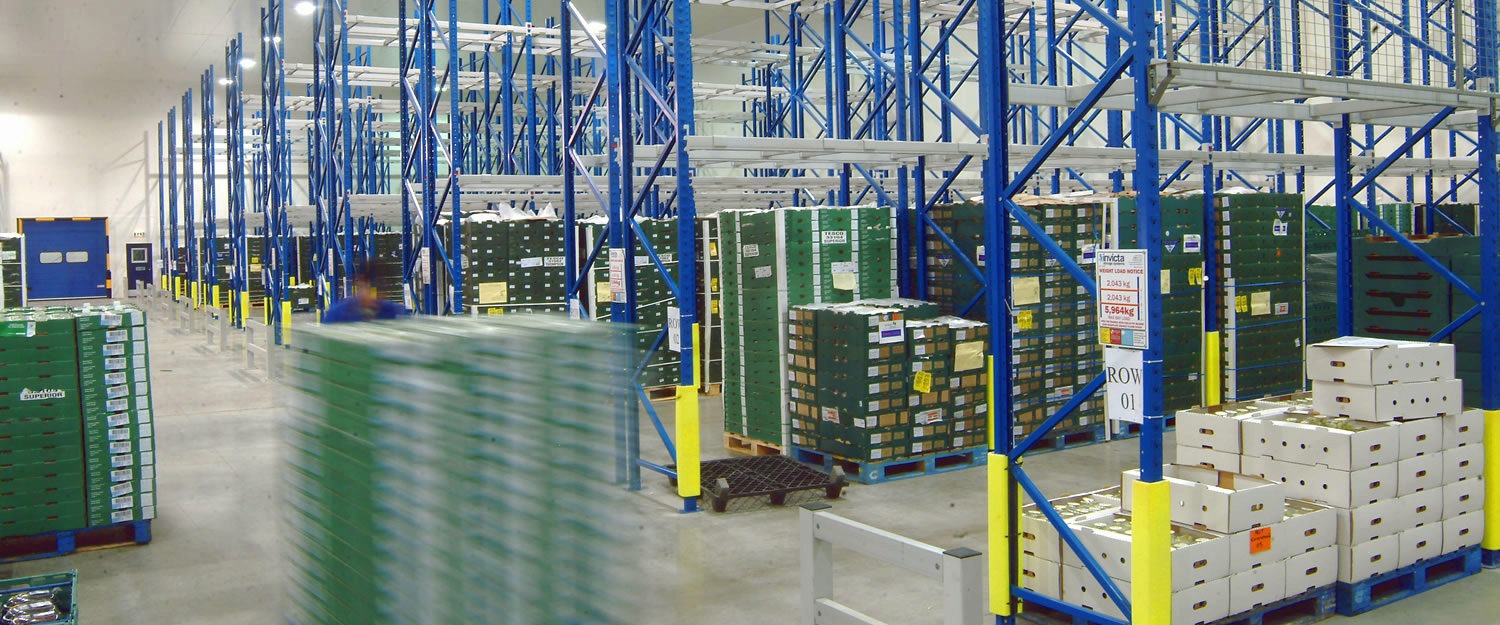For your information
You are being redirected to one of our divisional subsites which contains more detailed information on the required division. To navigate back to the main Invicta Group site, please click the link found in the footer at the bottom of the page.
How new US laws could impact warehousing and logistics
14th May 2024
Quick Quote
Contact Mick Coyne
To get a quotation or arrange a free site survey - Call Mick Coyne on
-
 UK
UK
Current location:
Quick Quote
Contact Mick Coyne
-
 UK
UK
Current location:
The last few years have seemed like a calculated effort to expose the weaknesses in global supply chains. The pandemic, Brexit, tensions with China and multiple major conflicts have all caused widespread disruption, resulting in a range of product and materials shortages. All of this has had a negative impact on many economies – and caused no end of head-scratching as to how to fix it.
In the US, President Biden thinks he has the answer – or 30 of them. A raft of new actions have been announced to improve supply chain resilience across a range of sectors, both in the US and around the world. The result could be a transformative effect on warehousing and logistics in the United States, and a knock-on effect on the situation here in the UK.
What the proposals are
The need to strengthen US supply chains in particular has been evident ever since a period of sanctions against China several years ago. The fractious relationship between the US and the world’s biggest exporter – both of products and raw materials – has highlighted the perils of an overreliance on China, particularly when it comes to technology. National security concerns have led to limits on the use of Chinese telecoms equipment and security systems, and efforts to diversify semiconductor manufacturing. At the same time, food production has also been hugely impacted by the invasion of Ukraine, a major exporter of sunflower oil and cereals.
The new actions announced by President Biden aim to strengthen supply chains across the board, giving the United States greater autonomy, and rebalancing its relationship with major trading partners. New councils and centres are being set up specifically to monitor and improve supply chain resilience, while efforts are being made to bolster US manufacturing, particularly in future growth areas such as advanced energy production and drug manufacturing. Better data sharing between governmental organisations and more advanced data analytics are also being invested in to improve existing supply chain efficiencies.
Significant effort is also being put into improving international relationships. Early-warning systems are being set up with the EU, Japan, Korea, Mexico, Canada, and a range of WHO partners, including the UK. New agreements are also being or have already been struck in the Indo-Pacific region, North and South America, and Africa. It’s notable that China is not mentioned anywhere in the White House factsheet on the announcement, despite agreements being struck with just about every other global trading partner.
What the proposals mean
Some of the changes being introduced by the US government embrace the future of global supply chains. The use of data modelling and advanced analytics – including a range of industry and import data – to assess risks and increase resilience reflects the growing influence of big data. The Freight Logistics Optimization Works (FLOW) programme has also begun sharing supply chain network data with individual businesses to optimise their logistics, a somewhat rare partnership between the federal government and private sector. This could see improvements from the macro level (management of global supply chains) to the micro level (optimisation of shipping and storage).
Other improvements could have the joint benefits of improving stability, increasing economic growth, and winning votes. Investment in areas such as farming and manufacturing will hope to boost development in rural areas, a longstanding problem for America’s industrial heartlands. By doing so, they could not only revitalise working class (and traditionally Democratic) areas, but also provide more of the food, components and consumer goods that drive the American economy. This will be bolstered by a long-term plan for smart manufacturing, which factors in and mitigates the potential loss of jobs to automation.
There’s also a considerable focus on an important, overlooked area: climate resilience. We’ve seen some of the impact of climate change on supply chains, with the food supply chain being particularly vulnerable, but this could easily be extended to other sectors. The potential impact on El Niño has been cited, but similar changes to the Gulf Stream and other climate phenomena could lead to dramatic changes in weather patterns, and extreme weather events that delay and disrupt supply chains, as well as impacting production.
How the proposals impact logistics and warehousing
The most immediate impact on warehousing and logistics will be the provision of direct support. This is most evident in the money being committed to strengthening supply chains, but perhaps more tangible is the tools being provided and developed. New risk mapping tools, readiness assessment tools, and data sharing efforts should allow businesses to make more informed decisions about their supply chains, and increase the reliability of 3PLs.
There’s also the potential improvements to the information available about supply chain resilience, and the general awareness about current and future supply chain issues. A series of national reviews, strategies and centres will help to provide better information, while the upcoming Supply Chain Data and Analytics Summit could establish common practices and standards by which organisations and governments across the globe can optimise their supply chains.
What all of these actions speak most clearly to however is the need for greater supply chain resilience. As we saw during the pandemic and in the period after Brexit, the easiest way to ensure this is stockpiling. This requires substantial warehousing real estate, but can stand to be improved using more data, shared between logistics management software. New technology such as drones and autonomous vehicles can facilitate new distribution centre models, such as inner-city distribution centres, while better data can lead to better optimisation of warehouse racking, and better overall utilisation of warehouse spaces.
–
Supply chain vulnerability has a significant impact on millions, if not billions of lives, with the effects being felt more immediately and rapidly than most of the factors that cause it. The new proposals by the United States are an interesting move towards a more balanced and equitable global supply chain – one that may speak to a serious shift in the way we transport goods and utilise warehouse space.
Accreditations & Affiliations







Start your project
Tell us about your project. Please complete this form. One of our sales team will come back to you with more details. If you prefer, you can drop us an email.




Share/Like this page